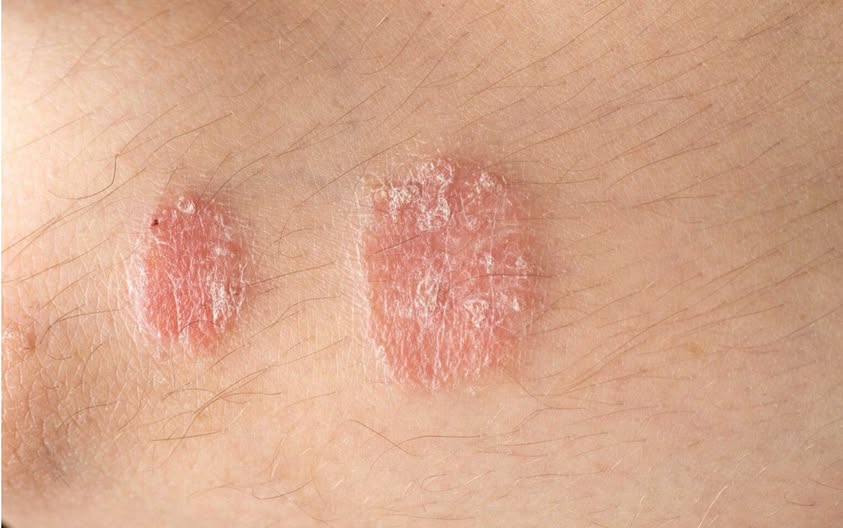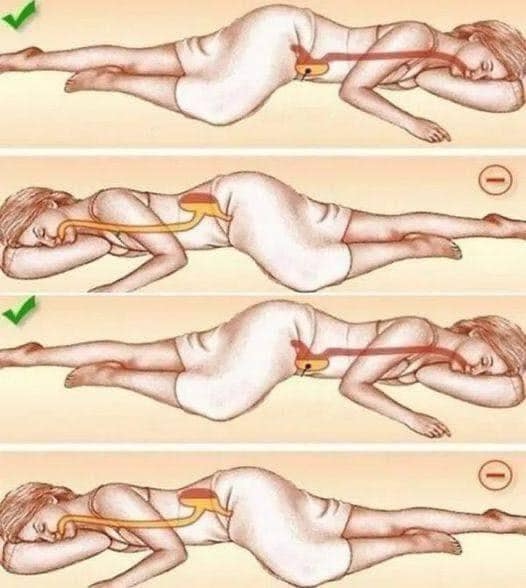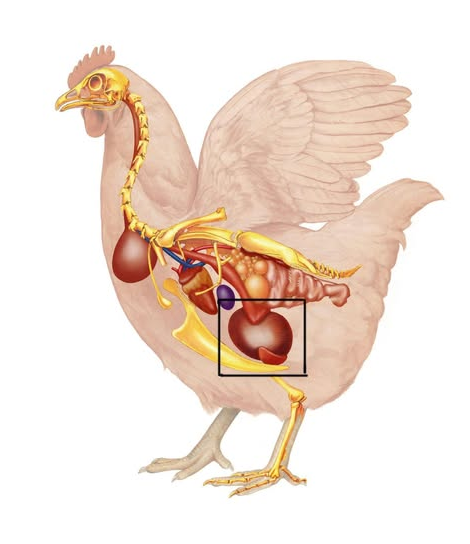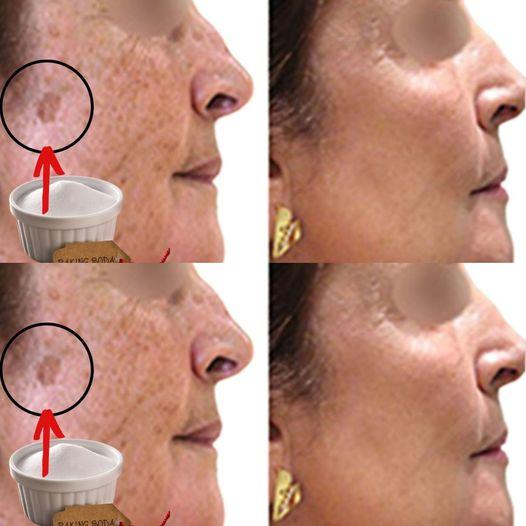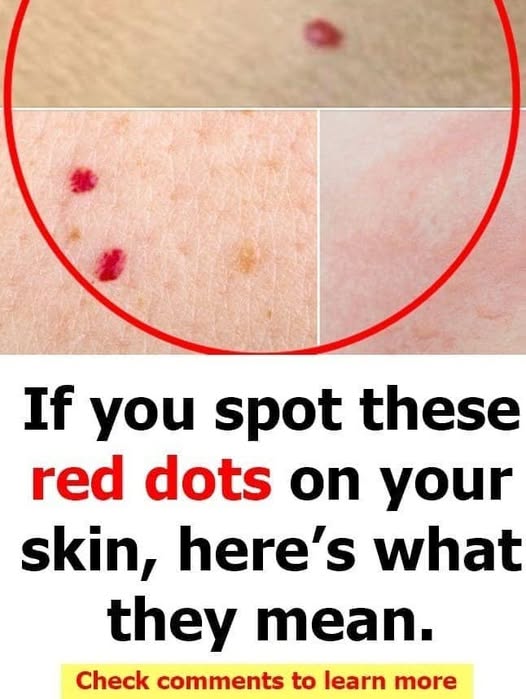
Red Dots on Skin: Causes, Symptoms, and Treatments
Red dots on skin can appear for numerous reasons, ranging from harmless conditions to signs of underlying health issues. Understanding the causes, symptoms, and potential treatments is essential for maintaining healthy skin. This article explores the most common causes of red dots on skin, including when to seek medical attention.
What Are Red Dots on Skin?
Red dots on skin are small discolorations that may appear as flat spots, raised bumps, or even pus-filled lesions. While some red dots are benign and temporary, others may indicate more serious conditions requiring medical attention.
Common Causes of Red Dots on Skin
Petechiae and Purpura
- What They Are: Tiny red dots caused by damaged blood vessels or capillaries.
- Causes: Stress, excessive coughing, or certain medications.
- When to Worry: While usually harmless, persistent petechiae may signal platelet disorders or other underlying health issues.
Cherry Angiomas
- What They Are: Small, bright red, raised bumps formed by an overgrowth of blood vessels.
- Causes: Commonly appear with age and are generally harmless.
- Treatment: Cosmetic removal through laser therapy if desired.
Heat Rash
- What It Is: A skin condition that occurs when sweat becomes trapped in sweat ducts.
- Symptoms: Itchy, red dots, often found in areas prone to sweating.
- Prevention: Wear breathable fabrics and keep skin cool.
Allergic Reactions
- What It Is: Redness or red spots caused by allergens such as food, medications, or insect bites.
- Symptoms: Itching, swelling, or hives.
- Treatment: Antihistamines or topical creams to reduce inflammation.
Read more: 9 Warning Signs Your Body Might Show a Month Before a Heart Attack
Skin Infections Leading to Red Dots
Folliculitis
- What It Is: Inflammation of hair follicles due to bacterial or fungal infections.
- Symptoms: Red, pus-filled bumps that can be itchy or painful.
- Treatment: Antibacterial or antifungal creams, and proper hygiene.
Cellulitis
- What It Is: A bacterial skin infection causing redness, swelling, and tenderness.
- When to Worry: Cellulitis can spread quickly and may require antibiotics.
Impetigo
- What It Is: A contagious bacterial infection, often affecting children.
- Symptoms: Red sores that ooze fluid and form a crust.
- Treatment: Antibiotics to prevent the spread of infection.
Other Causes of Red Dots on Skin
Vasculitis
- What It Is: Inflammation of blood vessels, often linked to autoimmune disorders or infections.
- Symptoms: Red or purple dots, sometimes accompanied by pain or fever.
- Treatment: Depends on the underlying cause and may include corticosteroids.
Hemangiomas
- What They Are: Birthmarks caused by abnormal growth of blood vessels.
- Symptoms: Raised red or purple spots, usually appearing at birth or during early childhood.
- When to Treat: While harmless, large hemangiomas may require medical evaluation.
When to Seek Medical Attention
While many red dots on skin are harmless, certain symptoms warrant a visit to a healthcare professional:
- Persistent or worsening red dots.
- Accompanying symptoms like fever, pain, or swelling.
- Red dots that spread or change in appearance.
Home Remedies for Red Dots on Skin
Saltwater Soaks
- Helps reduce inflammation and prevent bacterial growth.
Aloe Vera
- A natural remedy to soothe irritated skin and promote healing.
Oatmeal Baths
- Relieves itching and reduces redness caused by heat rash or allergic reactions.
Cold Compress
- Effective for reducing swelling and soothing itchy red dots.
Preventing Red Dots on Skin
Maintain Good Hygiene
- Regular cleansing helps prevent infections like folliculitis and cellulitis.
Stay Hydrated
- Drinking plenty of water keeps skin healthy and reduces the risk of heat rash.
Avoid Allergens
- Identify and avoid triggers that may cause allergic reactions.
Protect Your Skin
- Use sunscreen and wear protective clothing to minimize skin irritation.
Read more: Experience the Power of Clove Tea: Uncover the Incredible Benefits of Boiling Cloves
Final Thoughts on Red Dots on Skin
Red dots on skin can have a variety of causes, from minor irritations to more serious health conditions. Understanding the symptoms and potential treatments can help you manage and prevent them effectively. If you’re concerned about red dots on your skin, consult a healthcare professional for an accurate diagnosis and appropriate care.
By following preventive measures and maintaining good skincare practices, you can minimize the occurrence of red dots and keep your skin healthy.



